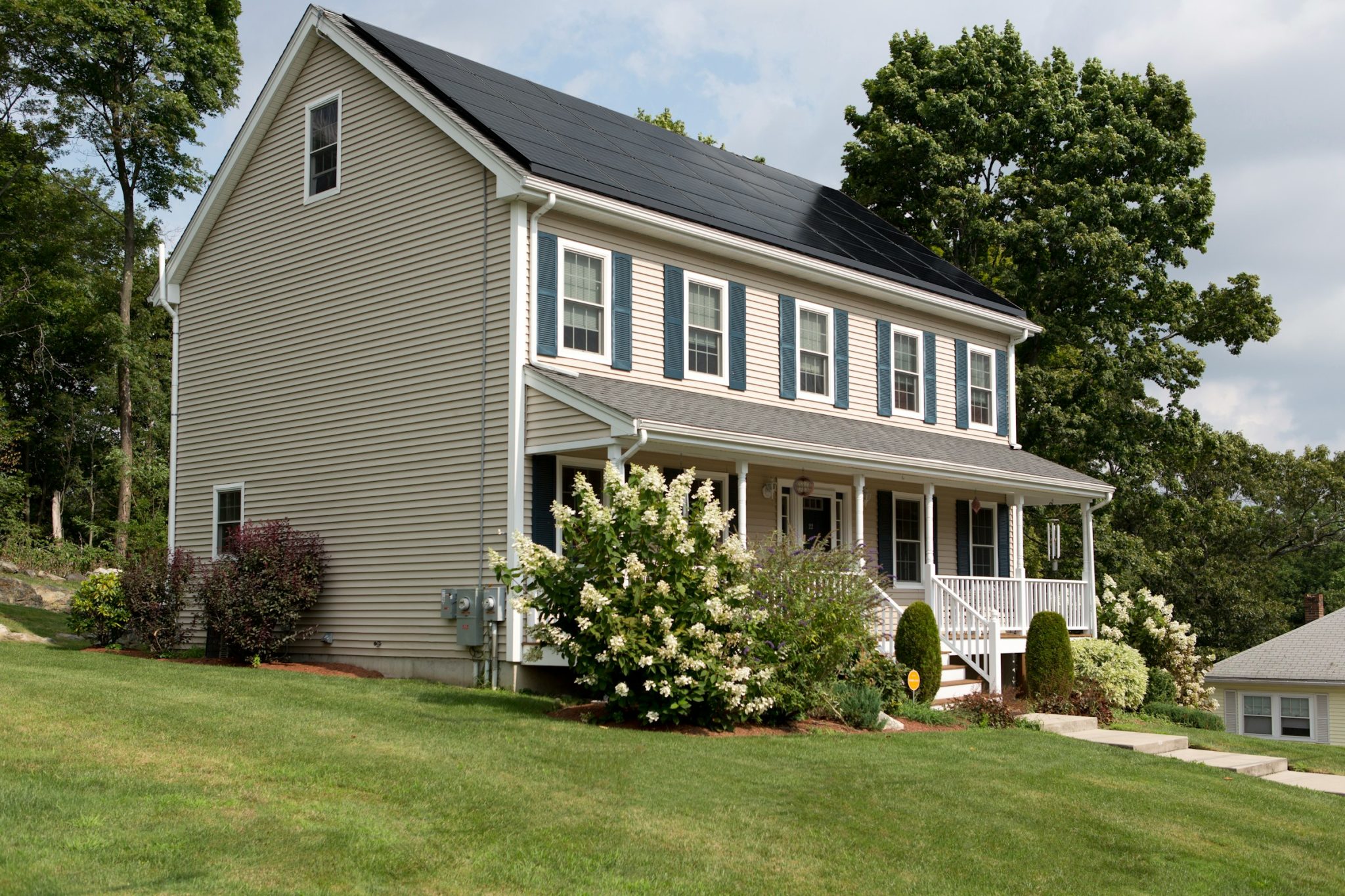Advancing your career often requires continuous learning and upskilling. Online degrees have emerged as a flexible and accessible option for individuals looking to enhance their qualifications and propel their careers forward. Whether you’re a working professional seeking to climb the corporate ladder or someone looking to switch careers, online degrees offer a wealth of opportunities to unlock your potential and achieve your career goals.

Table of Contents
Understanding Your Energy Needs
Before embarking on your solar power journey, it’s crucial to assess your energy needs accurately. Take a close look at your past energy consumption patterns to determine the size of the solar power system required for your home. Consider factors such as the number of occupants, typical energy usage, and any future changes in electricity demand. Consulting with a professional solar installer can provide valuable insights into sizing the system optimally for your specific requirements, ensuring maximum efficiency and cost-effectiveness.
Assessing Your Property’s Solar Potential
Not all homes are equally suitable for solar power installation. Factors such as roof orientation, shading from nearby trees or buildings, and local climate conditions play a significant role in determining your property’s solar potential. Conduct a thorough assessment of your roof’s suitability for solar panels, ensuring it receives ample sunlight throughout the day. If shading is a concern, explore options such as tree trimming or choosing alternative locations for panel placement. Additionally, consider the regulatory requirements and permits necessary for installing solar panels in your area.
Choosing the Right Solar Panels
Selecting the right solar panels is crucial for the long-term performance and reliability of your solar power system. With various types and brands available at solarpowernation.com.au and other reputable solar power retailers, it’s essential to research and compare different options before deciding. Monocrystalline, polycrystalline, and thin-film solar panels each have their advantages and drawbacks, so weigh factors such as efficiency, durability, and aesthetics based on your priorities. Be sure to consider the warranty offered by the manufacturer and the track record of the solar panel supplier to ensure quality and customer satisfaction
Evaluating Inverter Options
Inverters play a vital role in converting the direct current (DC) electricity generated by solar panels into usable alternating (AC) electricity for your home. When choosing an inverter, you’ll encounter different types, including string inverters, microinverters, and power optimizers, each with its unique characteristics. String inverters are cost-effective but susceptible to performance losses due to shading or panel mismatch. Microinverters, on the other hand, offer individual panel optimization, minimizing the impact of shading and maximizing energy harvest. Power optimizers combine the benefits of both, providing panel-level optimization with centralized inversion. Consider factors such as system size, shading conditions, and budget constraints when selecting the appropriate inverter technology for your solar power system.
Financing Options and Incentives
Investing in solar power installation can require a significant upfront investment, but various financing options and incentives can help offset the initial costs. Explore options such as solar loans, leasing, or power purchase agreements (PPAs) to make solar power more accessible and affordable for homeowners. Additionally, take advantage of government incentives, tax credits, and rebates available for solar installations, which can significantly reduce the overall project cost. Be sure to research and understand the eligibility criteria and application processes for these incentives to maximize your savings.
Installation Process and Maintenance
Once you’ve finalized the design and components of your solar power system, it’s time for installation. Hire a reputable solar installer with experience and expertise in residential solar projects to ensure a smooth and efficient installation process. Prioritize safety measures and adherence to local building codes and regulations throughout the installation process. After installation, regular maintenance is essential to keep your solar power system operating optimally. Schedule periodic inspections, cleaning, and monitoring of performance to identify and address any issues promptly. Most solar panels come with long-term warranties, but proactive maintenance can help prolong the lifespan and maximize the return on your investment.
Monitoring and Optimizing Performance
Monitoring your solar power system’s performance allows you to track energy production, identify potential issues, and optimize efficiency. Many solar monitoring systems provide real-time data on energy generation, consumption, and savings, accessible through web-based portals or mobile apps. Use this information to adjust energy usage habits, identify areas for improvement, and ensure the system operates at peak performance levels. Additionally, consider implementing energy storage solutions such as batteries to store excess solar energy for use during periods of low sunlight or peak demand, further enhancing the resilience and sustainability of your home’s energy system.

Embracing solar power is not only a smart financial decision but also a significant step towards a more sustainable future. By understanding your energy needs, assessing your property’s solar potential, and choosing the right components and financing options, you can embark on your solar power journey with confidence. With proper installation, maintenance, and monitoring, solar power integration can provide long-term benefits, including energy independence, cost savings, and environmental stewardship. Take the first step towards solar power adoption today and join the growing community of homeowners embracing clean, renewable energy solutions for a brighter tomorrow.
- About the Author
- Latest Posts
Whether she is researching the latest trends in home decor, life-changing destination getaways, or the best way to maintain your finances, Dewey takes pride in leaving no stone unturned. She is passionate about distilling and delivering high-quality information that you can use to upgrade your life.

